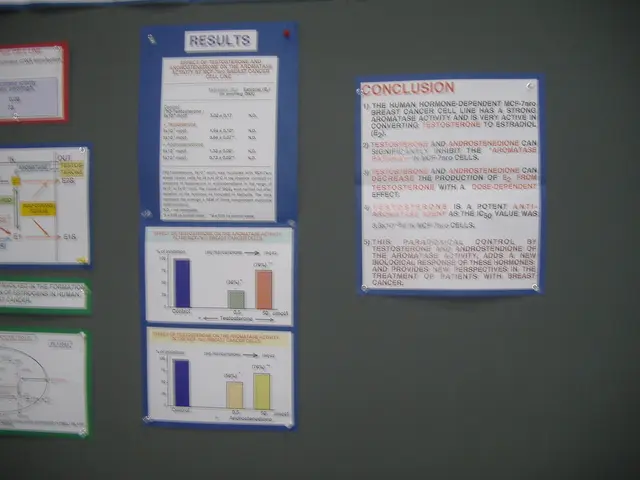Companies Navigate Tariff-Washing Risks Amidst Trade Policy Changes
Companies are navigating complex trade policies and rapid business changes, posing risks of tariff-washing in operations and disclosures. Insurers and compliance officers must work together to manage these challenges effectively.
Tariff-washing, along with greenwashing and AI-washing, presents similar risks of saying too much or too little. Until definitive tariff decisions are made, companies should avoid continuous disclosures but must reveal material impacts on financial guidance.
To minimize tariff-washing risks, companies should implement transparent supply chain documentation, verify input origins, conduct compliance audits, and clearly differentiate domestic and imported components. Proactive risk assessments and adherence to regulatory and industry best practices are also crucial.
Compliance officers should guard against future legal action by shareholders using AI tools to scrutinize past statements. Organizations should prioritize transparency about decisions and significant impacts, but avoid premature or unnecessary comments.
Tariff-washing is a significant risk for companies due to shifting trade policies. By implementing robust measures and prioritizing transparency, companies can mitigate these risks. Insurers and compliance officers must collaborate to communicate and disclose future risks effectively, ensuring today's disclosures stand up to future scrutiny.
Read also:
- MRI Scans in Epilepsy Diagnosis: Function and Revealed Findings
- Hematology specialist and anemia treatment: The role of a hematologist in managing anemia conditions
- Trump announces Chinese leader's confirmation of TikTok agreement
- EU Leaders Discuss 'Drone Wall' to Tighten Border Security After Munich Incident







